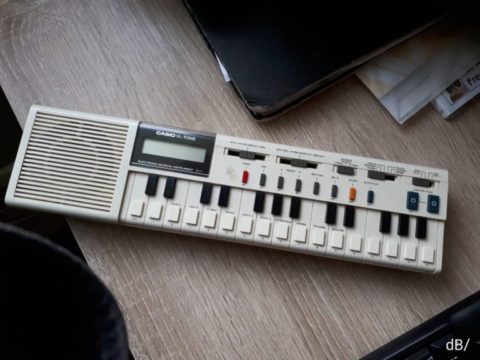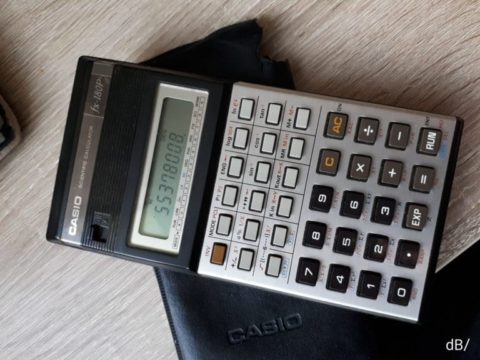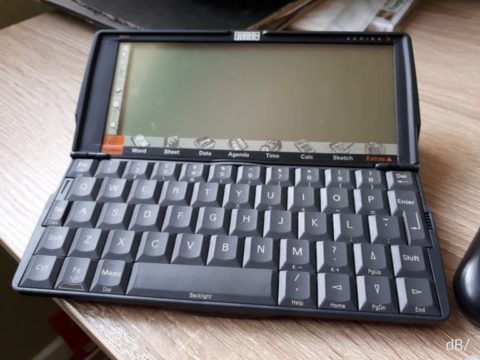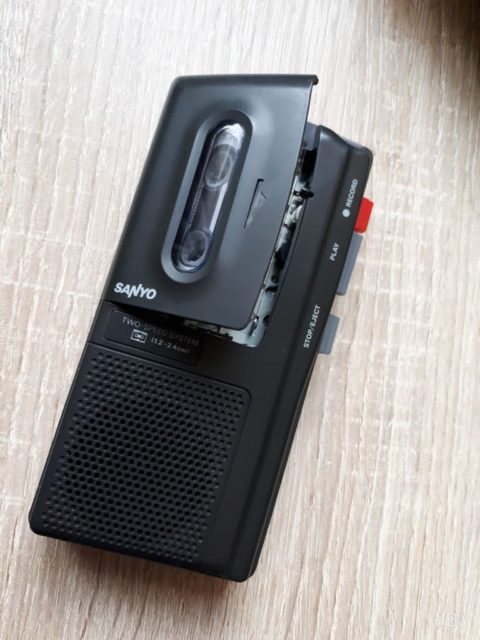Fellow science writer Michael Gross recently realised (on a visit to a museum) that the Casio VL-Tone, VL-1, he owned. It was a sort of whimsical-seeming hybrid between calculator and musical instrument but was actually the first commercially available digital synthesizer. He tweeted and blogged about it, and did some video with his still working VL-1.

It gave me such nostalgia pangs as I too had the VL-1 with its ADSR (Attack, Decay, Sustain, Release) digital sound envelope modelling. Indeed I remember as a kid pestering my parents to buy me one for Christmas, which they did, thank goodness, what would I have done without it? That and my sister’s cast-off classical guitar.
I dug mine out along with my old school programmable calculator fx-180p (one of the first). The calculator is still working, same batteries I had all those years ago (the best part of 40 years ago, in fact).
The VL-1 was battery operated but I seem to remember saving up to buy the power supply, which was expensive at the time, but far cheaper than the endless stream of 4x HP7 (double-A) torch batteries.
Aside from the ADSR, wich let you create your own weird sounds, the VL-1 also let you record a short melody and have it play up to four times in a row. It was almost a sequencer! I misremembered it having a quantization function, it didn’t but what it did have were two standalone keys that let you tap the time of a melody that you had recorded without having to finger the actual notes on the keyboard, which meant (if you weren’t a pianist) that you could get a better rhythm going.
I always wanted to be able to tape from the VL-1 and had a dodgy DIN cable that was so pathetic all I ever got into my Bush stereo cassette player was hiss and electrical noise. I was certainly not going to compete with Neue Deutsche Welle band Trio and their VL-1 hit “Da Da Da”.
So, today, having fired up the VL-1 I recorded a quick burst of the opening bars of Tubular Bells, which if I remember rightly are three bars of 9/8 time followed by a 13/8. Played it back into my USB musical interface and then processed it, just a tad in my mixing software. The upper one plays the wet mix, the lower one the dry, unprocessed, piano tone as it comes out of the Casio VL-1.
Wet tone:
Dry tone:
Oh, and here’s my old calculator spelling out the hilarious punchline of a classic calculator joke.

Also in the same treasure trove…a big box at the back of a cupboard…was a barely used Psion Organiser that I won when I sent a computer tip to a magazine around about 1989.

And, then there was my old Sanyo dictaphone, which I used to take with me to interview various academics and industrialists when I freelanced for the likes of New Scientist, Science, Chemistry & Industry and all those others back in the 1990s.
